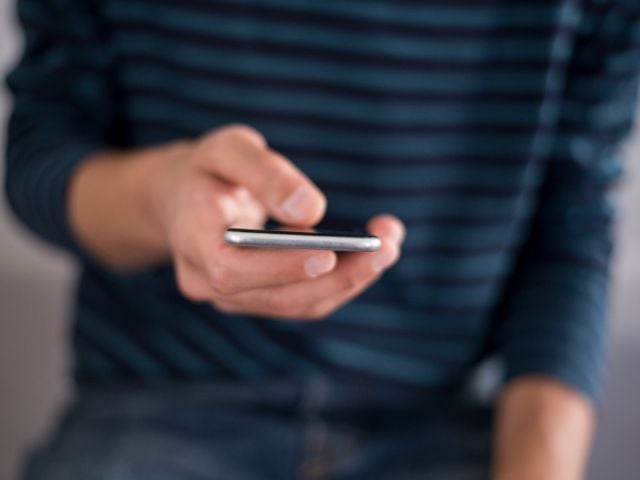
By Olga Naidenko, PhD, EWG Senior Scientist
Battle lines are being drawn. Alliances formed. And as the cell phone industry wages war against San Francisco over its cell phone-labeling ordinance, many are looking east to see if the Federal Communications Commission (FCC) will support or hinder consumers' right to know information about cell phone radiation levels.
When Mayor Gavin Newsom signed into law the Cell Phone Right-to-Know Ordinance in July, San Francisco became the first U.S. city to require retailers to display at the point-of-sale cell phones' radiation, as expressed by Specific Absorption Rate (SAR), the industry standard measure of radiofrequency energy absorbed by the body of a person using a cell phone.
Surprise! The cell phone industry doesn't love the new law CTIA - The Wireless Association filed a lawsuit against San Francisco seeking a federal judicial order to bar the city from enforcing the law. The trade group also announced shortly after the ordinance passed that after its annual convention in San Francisco next month, it would seek a new (presumably less consumer-friendly) venue for its meetings "for the foreseeable future." Punishment by money, pure and simple.
FCC follows industry's playbook Last week, in a suspicious coincidence - or is it a coincidence? - FCC overhauled its website to downplay the health risks of cell phone emissions. It did so the very same day citizens in nearby Burlingame met to debate a right-to-know ordinance similar to San Francisco's, and the same week San Francisco officials publicly released information about their plans to carry out the new ordinance. Meanwhile, local governments in Arcata, California and Portland, Oregon were considering measures similar to the San Franciso law.
The FCC's altered webpage, produced under the aegis of the FCC's Consumer & Governmental Affairs Bureau, essentially copies and pastes the industry position. It is full of internal inconsistencies and at odds with latest research on cell phone radiation. See for yourself in EWG's detailed critique of the FCC's new website.
The revised FCC website devotes considerable space to casting doubt on the usefulness of comparing maximum SAR values for determining potential health risks for consumers. Yet this exercise raises a pointed question: if the FCC is not sure that SAR tests are effective for determining health risks, how can the agency say with confidence that cell phones are safe?
It comes down to this: the FCC is following the industry's rulebook. If the agency has doubts about SAR values, then it should overhaul its testing rules and come up with a better way of measuring cell phone radiation exposure. In the meantime, the FCC must remember who's paying its bills - the U.S. taxpayers (that's you!) - and defend the consumer's right to know about the products on American store shelves.
To get to the bottom of this, EWG filed a Freedom of Information Act request seeking copies of all FCC records relating to the development and drafting of the FCC's revised "Wireless Devices and Health Concerns" page and its new page, entitled "SAR for Cell Phones: What It Means for You." So stay tuned.
You can download our 9.29.10 FOIA request here:


